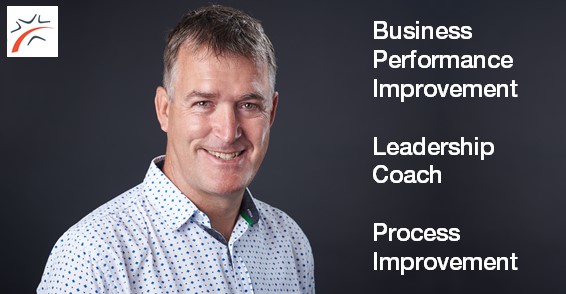The problem with assumptions
Unfortunately, surprises in business aren’t usually the fun kind. We don’t normally enjoy the proverbial curveballs from clients, colleagues, suppliers, or anyone else.
The good news is that some unwelcome surprises can be avoided through planning, effective communication, and ongoing monitoring. Think of it as another form of risk management. If you can guide expectations and reduce the unforeseen stuff, there will usually be a better outcome – for everyone concerned.
Steven Covey, author of 7 Habits of Highly Effective People, says “Begin with the end in mind”.
All things are created twice. There is a mental (first) creation, and a physical (second) creation. The physical creation follows the mental, just as a building follows a blueprint.
This principle can be applied to almost everything in life, including work obligations.
If you’re pricing a job, you can generally imagine what the finished product will look like, the materials required, and the production steps, resources and time needed. With all this in mind, you apply some rates, and form the basis of a quote.
When you’re about to actually start the job, you can either take the approach that the person doing the quote has gone through the same thought process as you and, therefore, has exactly the same ideas and expectations, or you could choose to acknowledge that they may be thinking differently.
I often hear people talking about how a project “didn’t go the way we thought it would”, or that “the client changed their mind”, or “we gave them far more than we’d originally included”. Likewise, managers sometimes complain that their staff didn’t listen, took too long to complete a task, or should have worked in a more efficient way.
Whatever the story, the responsibility to make it work is ultimately on the business leader, owner or manager.
So, what can you do to minimise the risks and help to ensure a better outcome?
- Be crystal clear about the scope of the work, including milestones, standards, and responsibilities you are assigning to each member of the team. Think about how to communicate this with all the relevant parties – including the client – so that they really get it.
- Cancel out assumptions before you begin, and don’t let them sneak in once you’re underway. Instead, go back to the blueprint, re-check, ask questions, and confirm understanding. This should also help to avoid “scope creep”. However, if the scope does change or grow, make sure you have – and use – a variation process.
- Be confident that everyone is aware of the tasks you’ve delegated to them. Ask them to re-articulate the important factors back to you: method, milestones, standards. Ensure they realise potential risks, and schedule regular review meetings to evaluate progress.
- Once the project is complete, review the outcome. How was the experience for the client, you, your team, and the business overall? What can you learn? What could have worked better?
Remember, you don’t have to do everything on your own. By involving your team you’re enabling them to recognise their accountability and encouraging them to shoulder more responsibility.
Ian Featherstone is a business and leadership coach, and the owner of Glass Half Full. He specialises in the construction industry, particularly the joinery & cabinetry sector.
For more information please visit www.glasshalffull.co.nz





